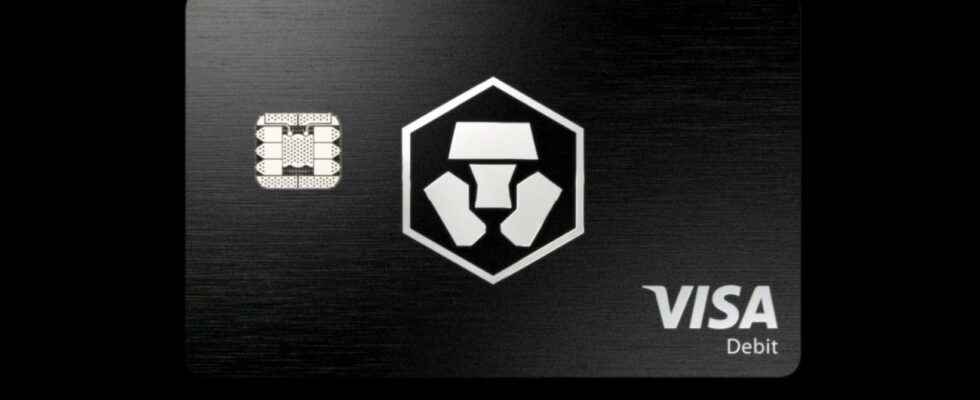What are these credit cards that are based on an account funded with cryptocurrency? Can we use them everywhere? How do they differ from regular credit cards?
You will also be interested
[EN VIDÉO] How does cryptocurrency work? Like Bitcoin, today there are more than 6,000 cryptocurrencies in the world. These currencies are based on blockchain technology.
It is common to consider that cryptocurrency would above all be used to speculate. However, the primary utility of a currency is all the same to be able to pay, to buy goods. What about crypto? For years, various websites have accepted payment in Bitcoin, including Expedia, Subway, Twitch Where Microsoft. And certain bars or stores accept this type of payment – a list of French brands is regularly updated on this page: https://bitcoin.fr/depenser-ses-bitcoins/. What is less known is that there are crypto-cards similar to common credit cards.
The demand for crypto-cards came from users of the exchange platform Coinbase who wanted to use their assets in everyday life. In order to meet this demand, Coinbase therefore launched a card in the United Kingdom in April 2019. Then, in June 2019, this card was made available in the United States, France, Spain, Italy, Ireland, Germany and the Netherlands …) Now, there are a lot of providers offering such crypto-cards: Binance, Curve, Crypto.com, CryptoPay …
Crypto-cards accepted in almost all points of sale
Similar to a classic card, a crypto card is accepted at almost every point of sale in the world. And it also allows you to withdraw euros from any ATM. It is also possible to use it for payments mobile (Apple Pay, Google Pay). The essential difference is that the account relating to a crypto-card, instead of being funded in euros, is funded in a currency such as Ethereum, Bitcoin, BNB, CRO and other avatars.
How does it work in practice? Say you walk into a bookstore, pick a few books, and then walk to the cash register. Let’s say you made a purchase equivalent to $ 100.
You extract the card Binance provided to you from your pocket in order to process the payment. You enter it in the terminal and type in your PIN code. a debit of 0.03 ETH (Ethereum) is made to your account at Binance – the equivalent of 100 euros at the time of this writing. Binance converts this amount of 0.03 ETH into 100 euros which is paid to the trader through processing cryptographic. Note that other crypto-cards and in particular that of Crypto.com, work in “prepaid” mode: it is necessary to first top up your balance in euros by selling cryptocurrencies upstream.
Support from Visa and Mastercard
One factor can reassure users of a crypto-card: they are supported by Visa or Mastercard. It just so happens that these institutions want to support the digital transformation of financial services. Visa also let it be known that during the 1er semester 2021, expenses incurred via crypto-cards backed by his brand have reached $ 1 billion.
The advantages of a crypto-card
What are the advantages of having a crypto-card rather than a classic card? First, management costs are significantly reduced. The reliability of transactions is very high, due to the fact that the underlying technology (the famous blockchain) is extremely secure.
But, that is not all. Some crypto-cards come with a bonus or reward, in particular cash-back on its purchases. At Crypto.com as at Binance, this cashback can go up to 8% if you are ready to “lock in”, that is to say keep a certain amount in your account. This cashback is paid in cryptocurrency and therefore helps to grow his wallet with each purchase. For example, Binance thus rewards the user with a balance in BNB (his currency).
Interested in what you just read?
.
fs2
